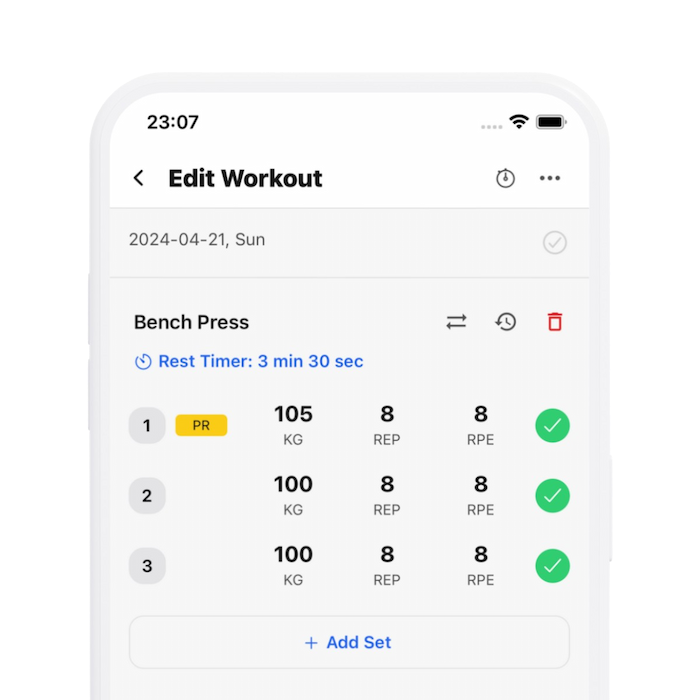30 Seconds SummaryTraining Options for Anterior Pelvic Tilt
- Anterior pelvic tilt resembles a Donald Duck posture, characterized by the front of the pelvis pointing downwards and a pronounced spinal curve.
- While anterior pelvic tilt is a natural pelvic function, excessive tilting can negatively impact posture and give the appearance of a protruding abdomen.
- Research disputes a direct correlation between anterior pelvic tilting and tight hamstrings or lower back pain, suggesting other compensatory patterns may contribute to pelvic tilt issues.
- Core strengthening exercises, especially those targeting the glutes and abdominals, are recommended to address both lower back pain and anterior pelvic tilt simultaneously.
- Deadlifts can be optimized using specific cues to correct pelvic tilt, such as pushing the head against the ceiling and squeezing the glutes to achieve a neutral pelvic position.
- Glute bridges, particularly with added resistance like a band around the knees, effectively train the posterior pelvic tilt and strengthen the glute medius.
- Mastering both anterior and posterior pelvic tilt is crucial for efficient movement and avoiding strain during exercises like deadlifts and squats, which require flexibility in pelvic positioning.
Biolayne
Peter Baker
